Can You Put a Solo Stove on a Wood Deck?
- April 17, 2023
- 0 comment
For outdoor enthusiasts, few things are better than gathering around a warm, crackling fire on a cool evening. The Solo Stove, known for its clean and efficient burn, is a popular choice for creating these cozy moments. But if you’re considering using your Solo Stove on a wood deck, is it safe? Placing a fire pit on wooden planks requires careful thought and proper precautions. In this article, we’ll explore whether you can safely use a fire pit on a deck and provide essential fire pit safety tips to protect your outdoor space.
Specifications of Solo Stove Yukon 2.0
- Material: Stainless Steel
- Product Dimensions: 29″D x 29″W x 18.5″H
- Style: Modern
- Brand: Solo Stove
- Finish Type: Polished
- Shape: Round
- Item Weight: 38 Pounds
- Fuel Type: Wood
Is It Safe to Place a Solo Stove on a Wooden Deck?
Yes, you can safely use a Solo Stove on a wooden deck if you take the right precautions. Fire pits, including the Solo Stove, can generate high heat that might damage your deck or pose a fire risk. To safely enjoy your Solo Stove on wood decking, the key is to prevent direct contact between the fire pit and the wood. With the right setup, you can relax around the fire without worrying about potential hazards. Here’s what you need to know:
1. Fireproof Mat
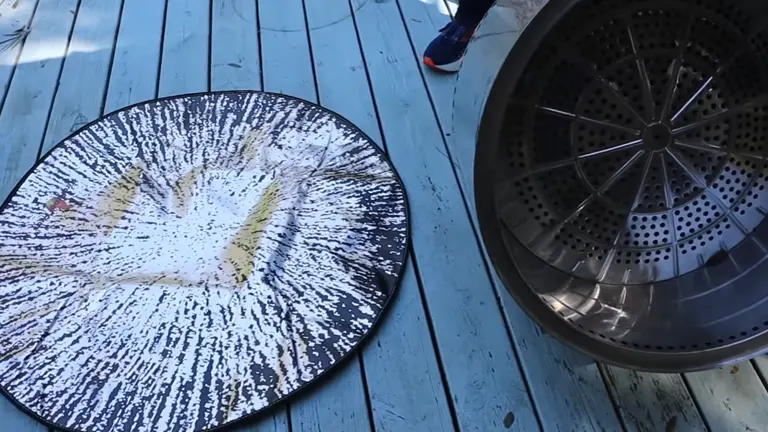
To safely enjoy your Solo Stove on a wood deck, start with a fireproof mat. These heat-resistant mats act as a protective barrier, preventing heat damage to the deck and catching stray sparks or embers. Using a fireproof mat ensures an extra layer of safety when using a fire pit on a deck, making it an essential accessory for fire pit enthusiasts.
2. Use a Stand
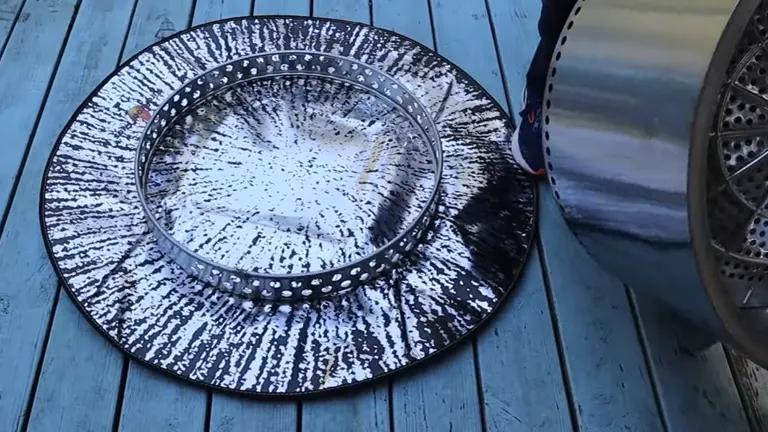
A Solo Stove stand is an essential accessory for safely using the stove on a wooden deck. By elevating the stove, the stand minimizes heat transfer to the deck’s surface, protecting it from potential damage or fire hazards. Using the stand ensures you can enjoy your fire pit worry-free, even on sensitive surfaces like wood or composite decking.
3. Quality Fuel

Using high-quality hardwood is key when operating your Solo Stove, especially on a wooden deck. Hardwoods burn cleaner, hotter, and produce fewer sparks compared to soft or damp wood. This minimizes the risk of stray sparks igniting nearby materials, ensuring a safer and more enjoyable fire experience.
Using Solo Stoves on Composite Decks
Composite decking, like Trex, is a popular choice for outdoor spaces due to its durability and low maintenance. While these materials are engineered to handle various elements, including some resistance to heat and fire, it’s essential to take precautions when using a Solo Stove on composite decks. Most composite decking comes with a fire resistance rating, ranging from Class A (highest resistance) to Class C.

- Check Your Deck’s Rating: Before setting up your Solo Stove, verify your decking material’s fire resistance rating. This information is usually available in the product documentation or from the manufacturer. Knowing your deck’s rating will help you assess the risks and determine the necessary safety measures.
- Always Use a Stand: The Solo Stove Stand is a critical safety accessory, particularly for composite decks. It elevates the stove, reducing heat transfer to the deck surface and preventing potential heat damage. Even fire-resistant materials benefit from this added protection, ensuring your deck stays safe during use.
How Hot Does a Solo Stove Get?
Solo Stoves are known for their efficiency and high heat output, often reaching temperatures up to 900°F (482°C). This intense heat results from their unique airflow design, which enhances combustion.
- Airflow Design: Strategically placed bottom vents draw in air, fueling the fire and promoting a continuous flow of cool air at the base. This design helps moderate the stove’s bottom temperature, reducing the risk of overheating surfaces like wood or composite decks.
- Temperature Handling: The exact temperature a Solo Stove reaches depends on factors like the amount of wood used and fire duration. While the insulated double wall prevents the outer surface from becoming excessively hot, the base can still reach very high temperatures. It’s crucial to exercise caution, especially in areas frequented by children and pets.
Additional Safety Measures and Tips
1. Use Concrete Pavers
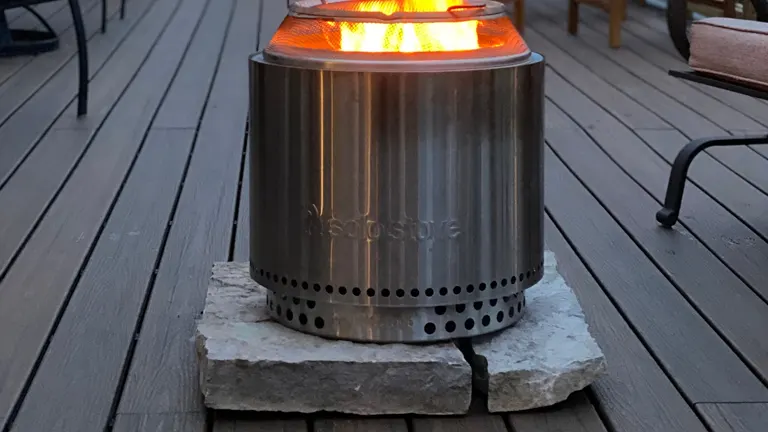
For added safety, place concrete pavers between your deck and the Solo Stove stand. Concrete pavers act as an additional layer of insulation, further minimizing heat transfer to the surface below. This method is especially useful when using the stove on sensitive materials like wood or composite decking. By incorporating concrete pavers, you create a reliable barrier that protects your deck from potential heat damage, ensuring a safer fire pit experience.
2. Spark Guards

Flying sparks can pose a risk, especially in breezy conditions or when burning crackly wood. To reduce this hazard, use mesh spark screens or traditional fire guards. These barriers help contain sparks within the stove area, preventing them from escaping and causing accidental fires or burns. Spark guards are an essential safety measure, particularly when using a fire pit on a deck or in areas with flammable materials nearby.
Solo Stove Fire Pit Accessory Guide
Stand
The Solo Stove Stand is designed to make your fire pit safe to use on heat-sensitive surfaces like wood or composite decks, grass, and sand. By elevating the fire pit, it reduces heat transfer to the surface below. For extended burns or added safety, consider placing the stand on stone or brick pavers. This extra layer of protection ensures your deck or outdoor space remains undamaged while you enjoy the warmth of your fire pit.
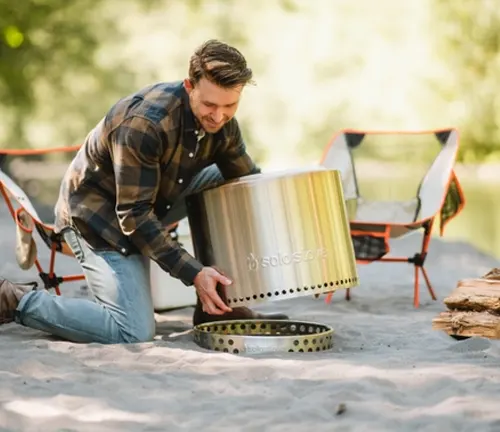
Shield
The Solo Stove Shield is an essential accessory for added safety, protecting against flying sparks and embers during your fire session. Its two-piece design makes it easy to add logs without removing the shield, ensuring continuous protection while maintaining a hassle-free experience. Whether you’re using your fire pit on a deck or in an open area, the shield helps prevent accidental fires and enhances safety for everyone nearby.
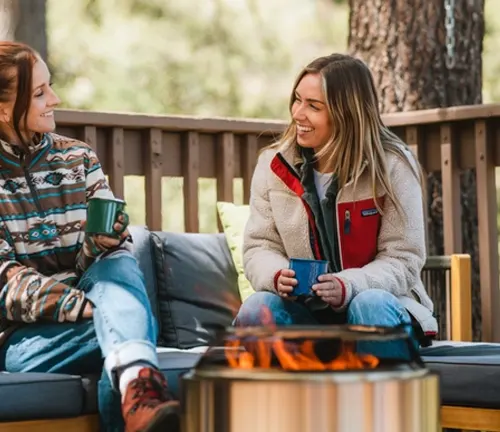
Surround
The Solo Stove Surround provides a 360° protective barrier, ensuring safety around your fire pit. It’s an excellent addition for families with children or pets, offering peace of mind by creating a safe zone around the fire. Whether you’re using your fire pit on a deck or in the yard, the surround enhances safety without compromising the cozy fire experience.
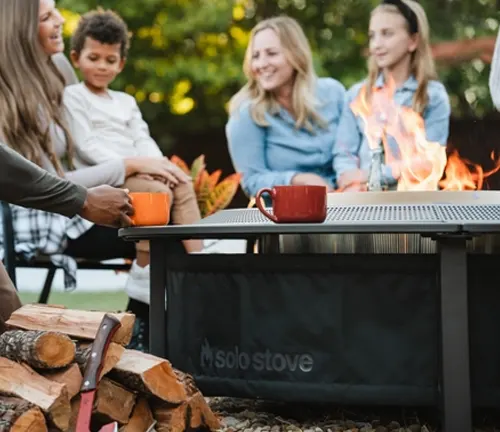
Surround Surface
The Solo Stove Surround Surface is a heavy-duty cover that doubles as a stylish tabletop, making your fire pit a versatile centerpiece. It protects your Solo Stove while providing a convenient space for drinks and snacks, enhancing usability year-round. Perfect for outdoor gatherings, it adds both practicality and elegance to your setup.
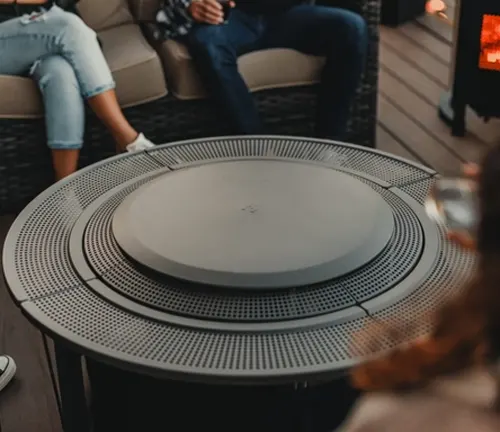
Pellet Adapter
The Solo Stove Pellet Adapter upgrades your fire pit with dual-fuel functionality, enabling the use of pellets for a convenient, efficient, and cleaner burn. Perfect for those looking to diversify their fuel options, the adapter enhances your fire pit’s performance while maintaining the iconic Solo Stove experience.
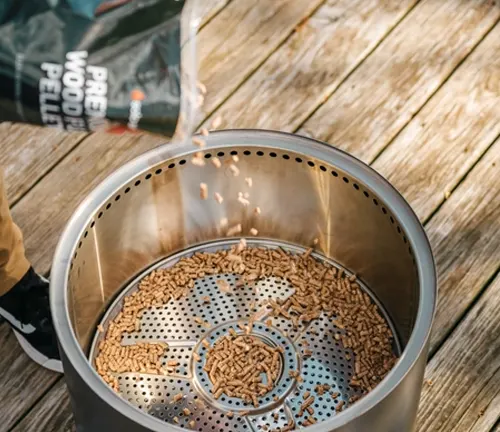
Handle
The Solo Stove Handle makes transporting your fire pit effortless. Designed for convenience, it allows you to move your fire pit from one location to another with ease, ensuring portability without compromising safety or comfort.
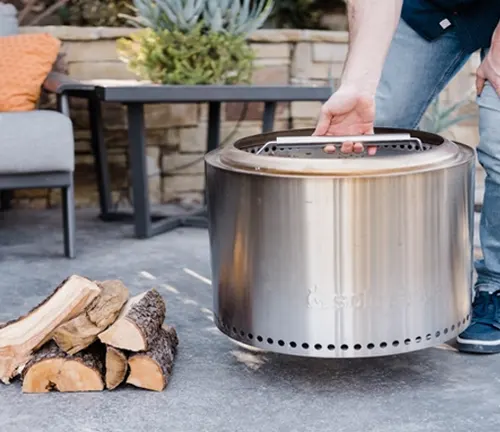
Shelter
The Solo Stove Shelter is a weather-resistant cover crafted from PVC-coated polyester, providing reliable protection for your fire pit. Designed to shield against rain, snow, and other elements, it ensures your fire pit stays in excellent condition and ready for use, no matter the season.
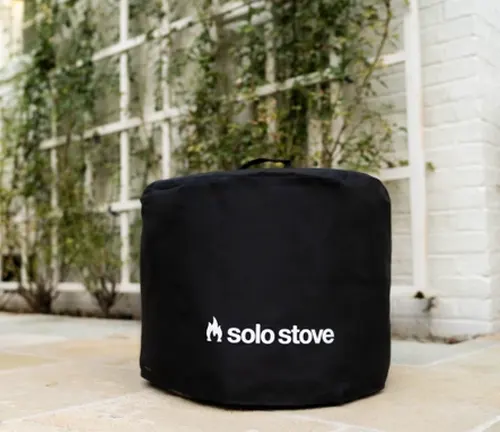
Heat Deflector
The Solo Stove Heat Deflector enhances the heat distribution of your fire pit by redirecting warmth downward and outward. This increases the heat radius, creating a larger comfort zone around the fire, making it perfect for gatherings on cool evenings.
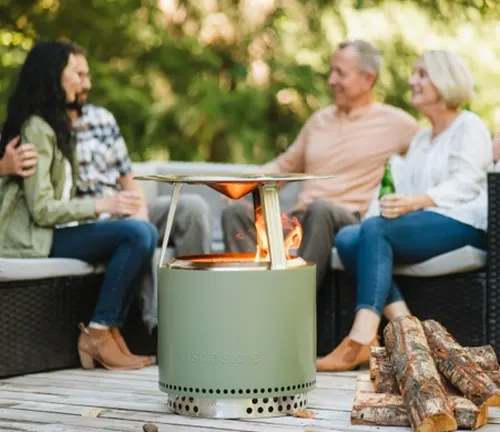
Lid
The Solo Stove Lid serves as a protective cover to keep rain and debris out of your fire pit when not in use. Additionally, it doubles as a convenient tabletop, making it perfect for gatherings and adding versatility to your outdoor setup.

Station
The Solo Stove Station is a durable storage solution designed to keep your fire pit, firewood, and accessories neatly organized. Complete with a PVC-coated polyester cover, it provides all-season protection against debris and the elements, ensuring your outdoor essentials remain in excellent condition year-round.
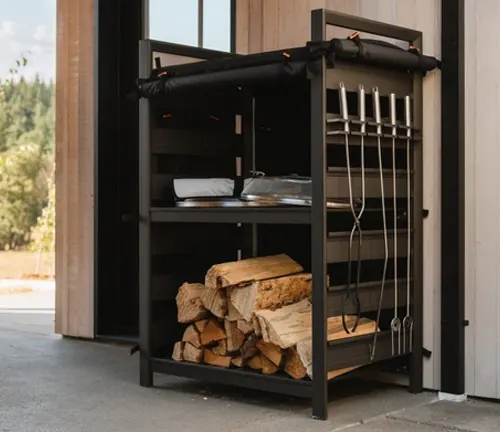
Sticks
The Solo Stove Station is a durable storage solution designed to keep your fire pit, firewood, and accessories neatly organized. Complete with a PVC-coated polyester cover, it provides all-season protection against debris and the elements, ensuring your outdoor essentials remain in excellent condition year-round.

Fire Pit Tools
The Solo Stove Fire Pit Tools set includes a Log Grabber with an extra-long handle for safe and easy refueling, as well as a sturdy Poker to adjust logs without risking proximity to the heat. These tools make managing your fire pit both safe and effortless.
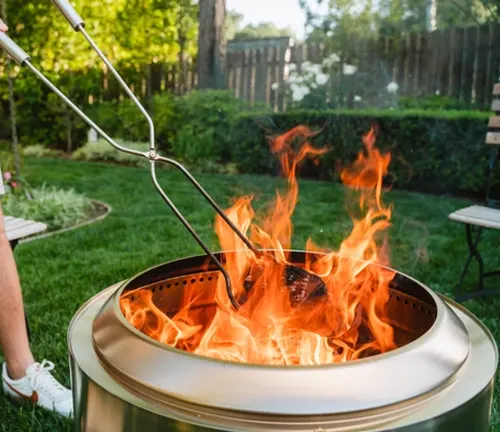
Fire Pit Cooking System
The Solo Stove Fire Pit Cooking System turns your fire pit into a versatile cooking station. With options like a Grill, Griddle, and Wok, you can prepare delicious flame-kissed meals while enjoying the warmth of your fire. Perfect for outdoor gatherings, this system adds functionality to your fire pit experience.
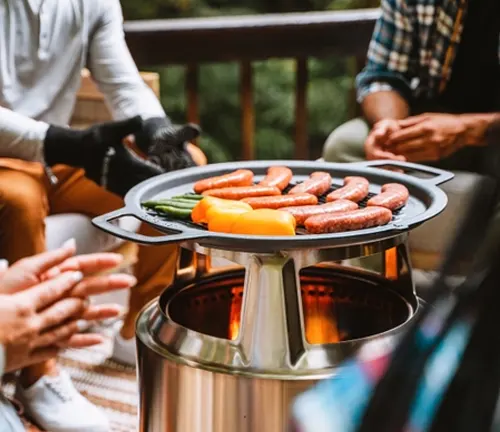
Environmental Considerations
Opting for a Solo Stove is not just practical but also environmentally conscious. Solo Stoves are designed to produce less smoke and fewer sparks compared to traditional fire pits, reducing the release of particulate matter into the air. For those concerned about protecting decking materials from heat, pairing your Solo Stove with a stand and a heat-resistant mat minimizes environmental impact and ensures safe usage. Choosing a Solo Stove means enjoying cleaner fires while being mindful of both safety and sustainability.
Conclusion
Can you use a Solo Stove on a wood deck? Absolutely, with the proper precautions. By using the included stand, adding safety accessories like fireproof mats and spark guards, and opting for clean-burning fuel, you can safely enjoy the warmth and ambiance of your Solo Stove on a wood or composite deck. Following these simple guidelines ensures your deck stays protected and your fire pit experience remains safe and enjoyable.
FAQs
- Are Solo Stoves safe for wood decks?
Yes, Solo Stoves can be safe for wood decks, but you need to take precautions. Because they get very hot and sparks might fly, it’s important to use a fire-resistant mat along with the Solo Stove Stand to protect your deck surfaces from heat and potential scorching. - Can you put a stove on any type of wood deck?
When using a stove on a wood deck, avoid softer woods like pine or fir, which are less heat-resistant and more likely to warp or split when exposed to heat. Hardwoods are a safer choice due to their durability and better heat resistance. - Can I use a Solo Stove on a covered patio?
Using a Solo Stove under a covered patio is not advisable. Ensure there is at least six feet of clearance from any structures or trees around the fire pit, and a vertical clearance of 15-20 feet is necessary, making covered areas unsuitable. - Does Solo Stove require special wood?
Solo Stove performs best with kiln-dried hardwood. Hardwoods, being denser, burn longer and hotter, making them ideal for an efficient and sustained fire. - Do you need a stand for Solo Stove on a deck?
Yes, using the Stand is necessary when placing your Solo Stove on sensitive surfaces like wood, Trex decks, or grass. The Stand helps to elevate the stove and prevent heat damage. For extra safety, especially during extended use, placing concrete pavers under your Stand is recommended. - Why is it not advisable to use a wood stove?
Wood stoves produce particle pollution that can penetrate deep into the lungs and other organs, posing serious health risks such as coughing, asthma attacks, heart issues, and even premature death. They are particularly hazardous due to their emission of tiny particles that can affect the heart and brain. - How do you fireproof a wood deck?
To fireproof a timber deck, use flame-retardant sprays and consider adding metal sheathing around base timbers for enhanced protection. Consult a home improvement professional for the best fireproofing recommendations for your deck. - Is Solo Stove worth the investment?
Although Solo Stoves come with a significant price tag, they are considered worth the investment for those who want a nearly smoke-free and efficient backyard fire experience. Accessories such as roasting sticks and fire pit tools can enhance the enjoyment of your Solo Stove. - What happens if Solo Stove gets wet?
Solo Stoves are made from high-grade stainless steel, but they can still rust if exposed to moisture. To prevent rust, store your stove in a dry area or cover it when not in use. - What should I do if sparks from the Solo Stove land on my deck?
While using a fire-resistant mat and a stand significantly reduces the risk of sparks causing damage, it’s always good to be prepared for the unexpected. Keep a bucket of water or a fire extinguisher nearby when using the Solo Stove on your deck. This way, you can quickly extinguish any sparks or small flames that might escape. Additionally, regularly cleaning and maintaining the area around the stove will help minimize the risk of fire.
We hope this guide helps you enjoy your Solo Stove safely on your deck, making those cool evenings a delight without worries. Got more tips or experiences with Solo Stoves? Feel free to share them in the comments below. Your insights could help fellow enthusiasts make the most of their outdoor setups safely and efficiently!

David Murray
Forestry AuthorI'm David Murry, a forestry equipment specialist with a focus on chainsaw operation. With over 13 years of experience, I've honed my skills in operating and maintaining a wide range of machinery, from chainsaws to log splitters. My passion for the outdoors and commitment to sustainable forestry drive my work, which emphasizes safety, efficiency, and staying updated with industry advancements. Additionally, I'm dedicated to sharing my expertise and promoting environmental awareness within the forestry community.

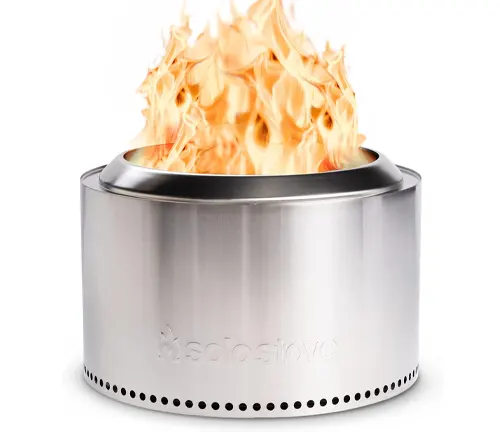
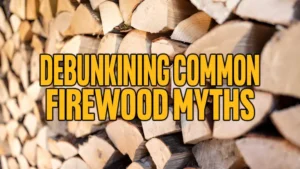











Leave your comment